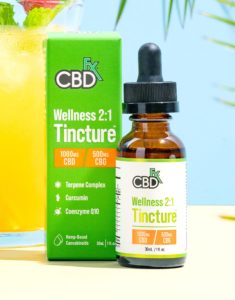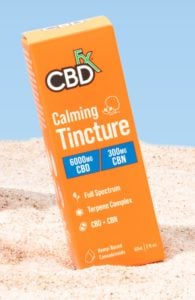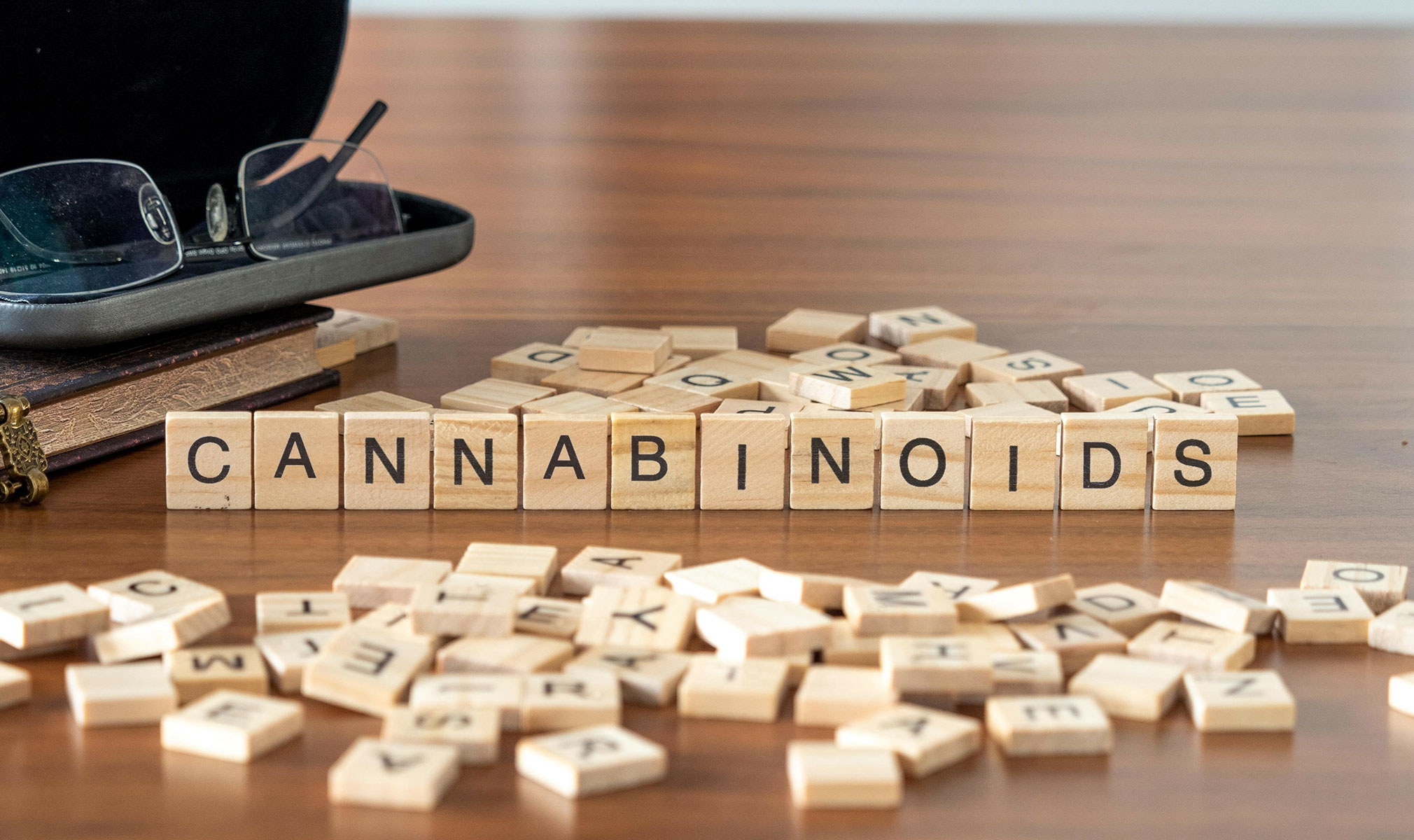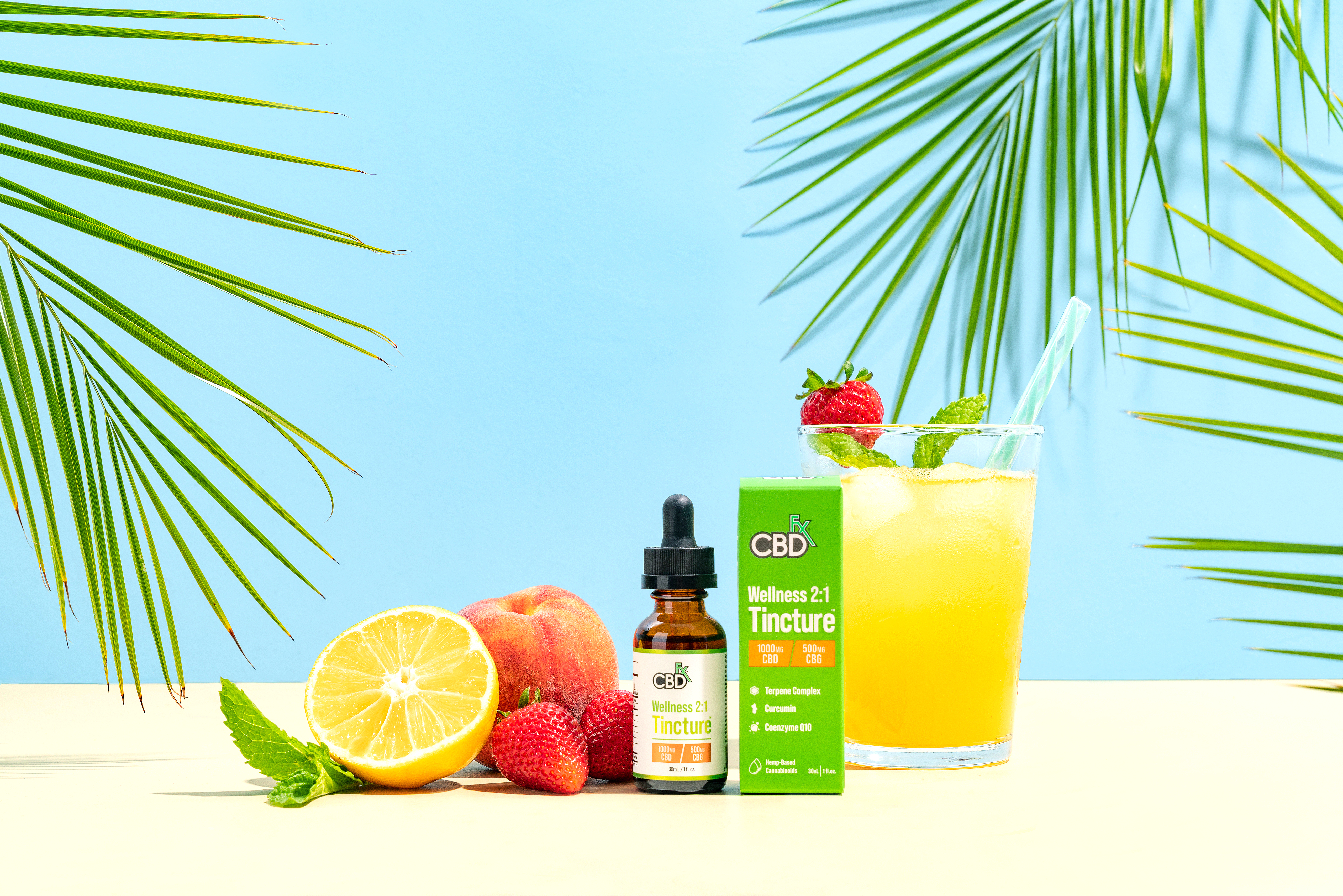Chances are, if you’re on this website, you have at least a vague idea of what CBD is. Certainly, you know that CBD is the key ingredient in a wide range of wellness products, including CBD gummies, CBD oil tinctures, CBD capsules, CBD topicals, CBD vapes, CBD edibles, and more. But did you know that CBD is one of over 120 chemical compounds found in the cannabis plant, called cannabinoids? Furthermore, did you know that your body creates its own version of these cannabinoid compounds?
Join us as we explore the world of cannabis chemistry and learn more about these fascinating compounds, including how they work, how they are extracted from the hemp plant, and their potential wellness benefits. Help us answer the question: What are cannabinoids?
What Are Cannabinoids and Where Do They Come From?
Cannabinoids are derived from the cannabis plant. It’s helpful to understand that cannabis plants can be classified as cannabis hemp and cannabis marijuana. Cannabis hemp is a cannabis plant that has less than 0.3% THC, the cannabinoid that gets you “high.” Because of hemp’s very low THC content, hemp-derived CBD oils cannot get you high. Cannabis marijuana, on the other hand, can contain upwards of 30% THC and is a controlled substance in most countries. When we talk about CBD products in this article, we’ll be referring to hemp-derived CBD products.
Cannabis and Phytocannabinoids

Cannabinoids in the Body: The Endocannabinoid System
So, what do these little hemp plant protectors have to do with the human body? Well, it turns out we produce our own cannabinoids, called endocannabinoids. Endocannabinoids are produced in the body’s, you guessed it, endocannabinoid system. All animals have an endocannabinoid system, not just us. This system works in concert with other systems in the body, including the central and peripheral nervous systems, the immune system, and other crucial systems. The endocannabinoid system (or ECS) maintains homeostasis, or balance, in these systems. If your endocannabinoid system gets thrown out of whack, your health can suffer. This can affect such crucial functions as sleep, pain management, appetite, mood, memory, motor control, and stress response, just to name a few.
The endocannabinoids your body produces are little transmitters that bind to receptors. In the nervous system, there are two such receptors, called CB1 and CB2. These receptors signal to the nervous system to perform its various functions. In essence, the endocannabinoid system manages the body and makes sure that everything is in working order.
How Do Cannabinoids Interact With the Endocannabinoid System?
Here’s where it all gets interesting. Cannabinoids produced by the hemp plant have a similar effect to the human body as the body’s own endocannabinoids. They don’t bind to receptors exactly the same way, but they do stimulate those receptors into signaling the body that there’s work to be done. So, when you get a cannabinoid like CBN, for instance, whose properties are similar to the body’s own sleep-inducing endocannabinoids, then you get a chemical reaction wherein a plant-based chemical can make your body think that it’s time for sleep.** Pretty cool, right?
The different cannabinoids bring with them different properties, which makes the study of CBD and cannabis, in general, so interesting. The wellness potential of this little cannabis army is incredibly diverse and exciting.**
Types of Cannabinoids
So, let’s look at a few of the different cannabinoids and see what they each bring to the table in their interaction with the endocannabinoid system.

CBD (Cannabidiol)
CBD, or cannabidiol, is one of the two major cannabinoid compounds, along with THC. CBD interacts with the endocannabinoid system to bolster the central and peripheral nervous systems. This means support of a huge range of functions, including mood, memory, sleep, appetite, pain and stress management, and more. In terms of far-reaching wellness potential, it’s hard to match CBD.**
THC (Tetrahydrocannabinol)
Yes, THC is the cannabinoid that can get you “high,” if you take it in a large enough quantity (as with marijuana). Among the areas affected by tetrahydrocannabinol are memory, motor control and movement, pleasure, cognitive response, sensory and time perception. In short, it can be intoxicating. But again, it’s good to remember that hemp-derived CBD products, by law, must have less that 0.3% delta 9 THC in them. If you’re curious about legal THC products, try our Magic Melon THC Gummies or Ultimate Chill THC Drops, two of several popular THC options.

CBG (Cannabigerol)

A Quick Note About the Entourage Effect

This is why products like the aforementioned Wellness Tincture or our CBD + CBG Morning Capsules are so popular among people seeking to maximize their CBD products’ potential.
Full Spectrum CBD vs. Broad Spectrum CBD vs. CBD Isolate
To get the deepest Entourage Effect experience, look for products that contain full spectrum CBD, such as our full spectrum CBD Soft Gels. Full spectrum refers to CBD oil that contains all of the cannabinoids extracted from the buds, leaves and stalks of the hemp plant, including 0.3% THC. When additional filtration is done to full spectrum CBD oil to remove all remaining THC, this creates broad spectrum CBD. In this additional filtration process, a few of the other minor cannabinoids are removed along with the THC. Nevertheless, several key cannabinoids remain, allowing you to experience at least some of the Entourage Effect with broad spectrum CBD. CBD isolate is 99% pure CBD, meaning all other cannabinoids have been removed.

CBN (Cannabinol)

Find out more about CBD vs CBN.

CBC (Cannabichromene)
CBC is one of CBG’s most intriguing children. Cannabichromene links to receptors in the body that have to do with pain perception. This makes CBC a highly studied compound these days for a wide range of benefits.
The Last Word on Cannabinoids

Looking to experience the Entourage Effect with full spectrum CBD? Try our CBD + CBN Oil Calming Tincture!










